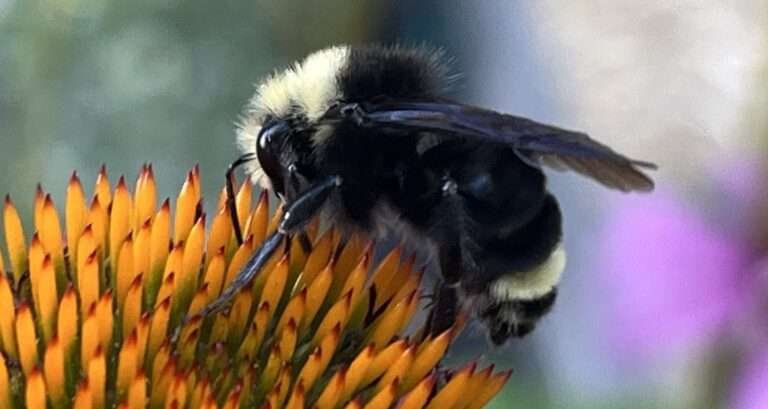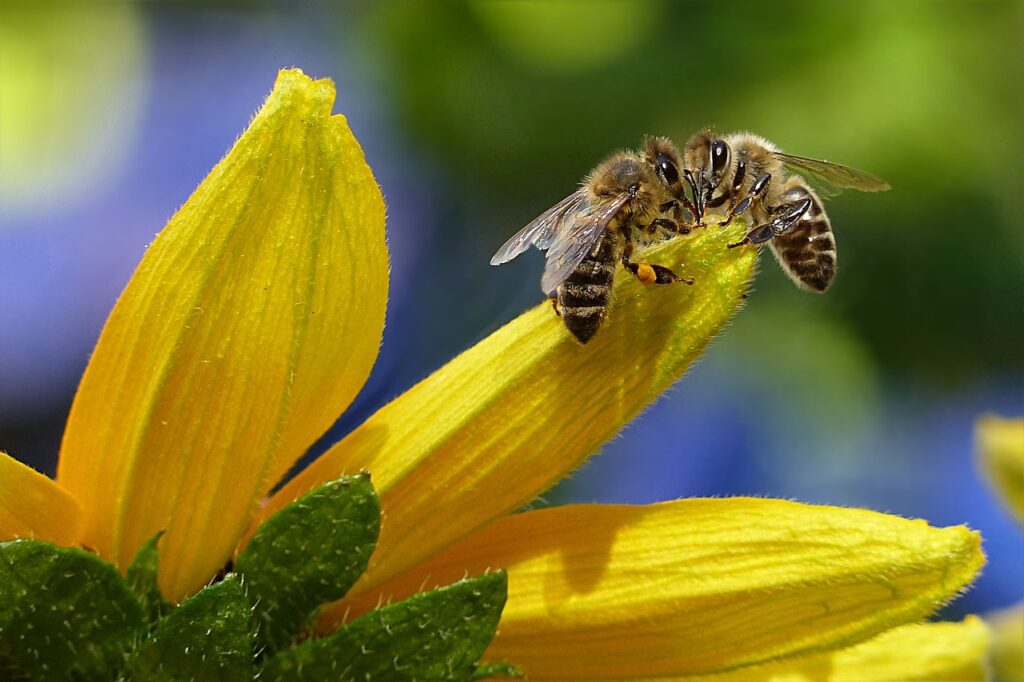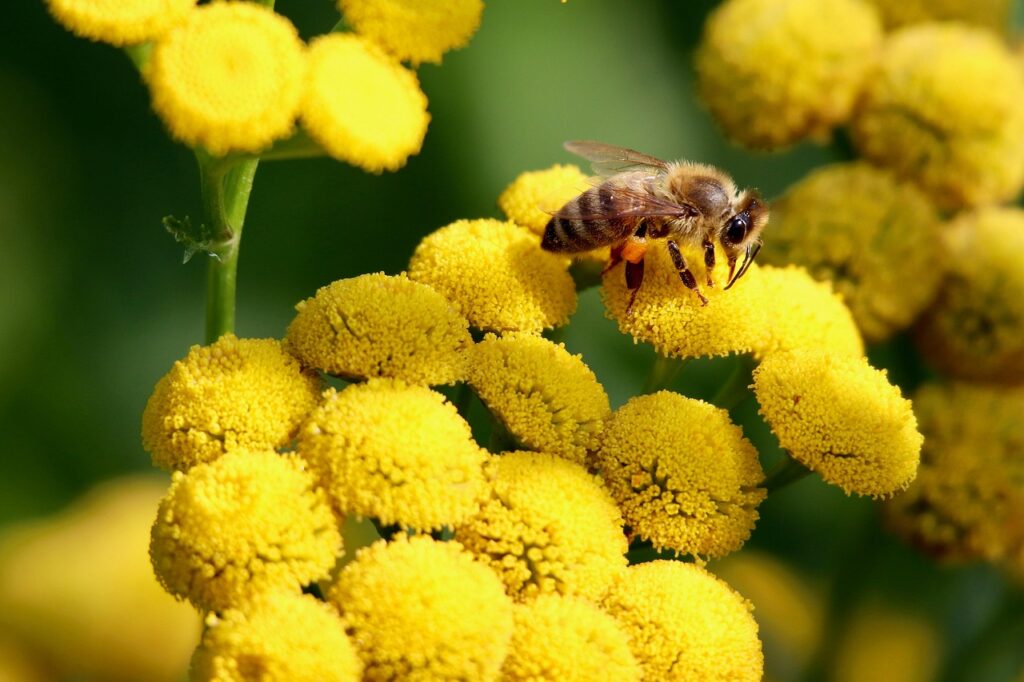Oregon Wild Bumble Bee – by Thomas Jones – beesworld.org
Bees face a range of serious and escalating threats that impact their survival, with both longstanding and newly emerging dangers documented by experts. Here’s a quick summary:
Major established threats:
- Habitat loss and fragmentation: Conversion of natural habitats to agriculture, urban areas, or industrial uses reduces the flowering plants and nesting sites that bees depend on[1][2][3][4][5].
- Pesticides: Exposure to pesticides—especially neonicotinoids and combinations of multiple pesticides (“pesticide cocktails”)—can disorient and kill bees, contaminate their food sources, and weaken their immune systems[1][3][6][7][4][8].
- Diseases and parasites: Pathogens (such as Nosema) and parasites (notably Varroa mites) devastate bee colonies and can spread rapidly, especially due to commercial bee management[1][3][7][4][9].
- Climate change: Altered temperatures, shifting bloom times, and extreme weather (like droughts and storms) disrupt synchronization between bees and flowering plants, limit food sources, and stress colonies[1][3][6][7][4][5].
- Invasive species: Introduction of non-native plants, bees, and other pests can outcompete native bees or spread new diseases and parasites[1][3][5].
Emerging or evolving threats:
- War and conflict: Disruptions to agricultural practices and land use, as seen in conflict zones, decrease floral diversity and pollinator habitats[6].
- Microplastic and heavy metal pollution: Synthetic particles and toxic metals are increasingly detected in bee colonies, potentially harming bee health, behavior, and lifespan[6].
- Artificial light at night: Light pollution reduces night pollinator activity, affecting pollination throughout ecosystems[6].
- Antibiotic pollution and air pollution: These contaminants can change bee behavior, lower survival and reproduction, and disrupt colony health[6].
- Industrial agriculture and monocultures: Large-scale farming reduces floral diversity, weakening bees’ immune systems and resilience to disease and stress[7].
- Stress from commercial beekeeping practices: Frequent long-distance transportation and poor management can increase disease, parasite, and stress loads on bees[1][9].
In Summary
Other factors, such as direct predation by wasps, hornets, and certain flies, and poor genetic diversity, also exacerbate bee declines under current environmental pressures[1][10][4].
These threats are often interconnected, with multiple stressors acting simultaneously to weaken bee populations and make recovery more difficult.
The decline of bees not only threatens biodiversity but also compromises food security and ecosystem stability worldwide[6][7].
⁂
- https://www.museumoftheearth.org/bees/threats
- https://www.apimondia.org/latest/what-challenges-do-bees-face
- https://www.xerces.org/bumble-bees/conservation-efforts
- https://www.mannlakeltd.com/blog/the-main-threats-to-honey-bees/
- https://www.xerces.org/endangered-species/wild-bees
- https://www.rewild.org/press/bees-under-threat-solutions-for-survival
- https://hucklebeefarms.com/blogs/help-the-pollinators/honey-bee-information
- https://thebeeconservancy.org/10-ways-to-save-the-bees/
- https://www.epa.gov/pollinator-protection/colony-collapse-disorder
- https://www.perfectbee.com/a-healthy-beehive/threats-to-bees/an-overview-of-the-main-threats-to-bees



